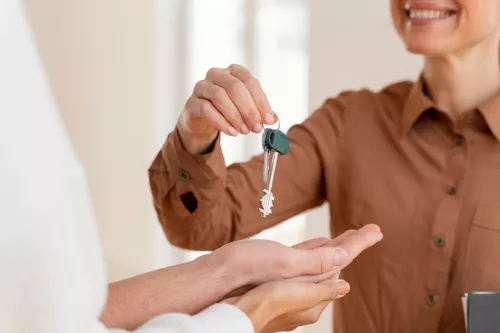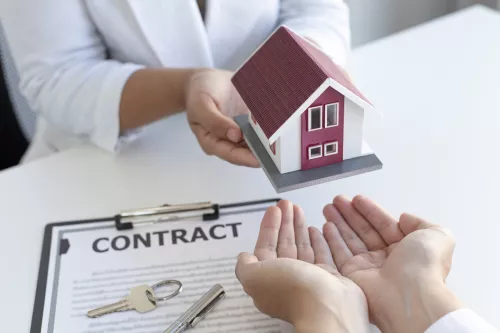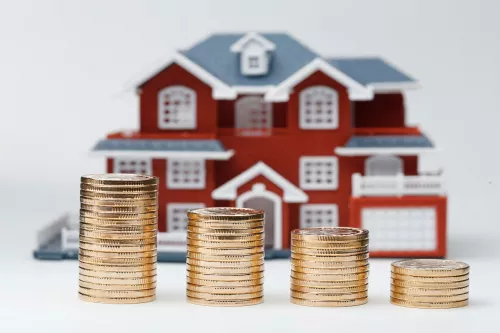If you are a prospective homebuyer, you might know that obtaining a mortgage is essential for buying a new home, which typically requires a solid credit history and sufficient funds for a down payment. But, what happens if one doesn’t meet these requirements? Is the dream of owning a home out of reach?
Luckily there's another possibility: entering into a rent-to-own arrangement. This approach involves leasing a house for a specified period, during which you have the opportunity to purchase the property before the lease ends.
Understanding the nuances, benefits, and potential drawbacks of rent-to-own homes can help you make an informed decision about your future residence. Are you curious about aspects of rent-to-own homes? Here we will discuss how they work, their types, and the pros and cons associated with them. Let’s do it!
Understanding Rent-to-Own Homes
A rent-to-own arrangement is a unique type of deal that enables you to become a homeowner after a specified rental period.
In such an agreement, your rent payments are slightly higher than the typical market rate. This surplus amount contributes towards a down payment should you decide to purchase the home at the lease's conclusion.
Additionally, you're usually required to pay an "option fee", which is about 2% to 7% of the home's purchase price, securing your right to buy the home in the future. Failing to purchase the home when the lease ends means forfeiting these additional payments.
Option Fee Details
In the context of rent-to-own homes, the potential buyer might pay what's known as an option fee, or sometimes referred to as "option money" or "option consideration". This is a preliminary, non-refundable payment made to the seller, and while the exact amount is open to negotiation, it typically ranges from 2% to 7% of the home's market value.
This fee grants the buyer an exclusive opportunity to purchase the home at a later date. Should the buyer opt not to proceed with the purchase, the option fee is not returned. However, if the buyer moves forward with buying the home, the option fee often goes towards the overall purchase price.
How Does Rent-to-Own Work?
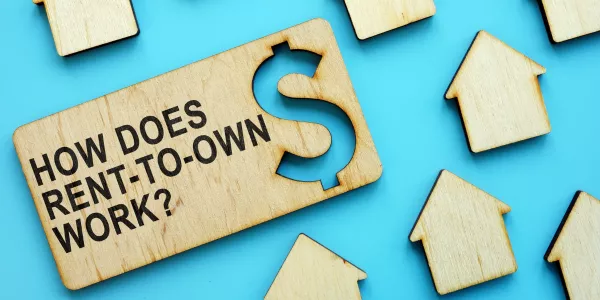
A rent-to-own agreement involves two main components: the lease option and the purchase option. The lease option works like a standard rental agreement, where you pay monthly rent for living in the home.
The purchase option, however, gives you the right to buy the home at a predetermined price before the lease expires. This agreement may require an upfront option fee, which is usually non-refundable but can be credited toward the home purchase.
Types of Rent-to-Own Contracts
There are two primary types of rent-to-own contracts: lease-option and lease-purchase agreements. Lease-option agreements provide the renter the choice to buy the home at the end of the lease but without the obligation.
On the other hand, lease-purchase agreements bind the renter to purchase the property at the end of the lease term, making it a more firm commitment.
Lease Option Agreement
With a lease option agreement, you pay an upfront fee (usually 2% to 7% of the home's value) which could later lower the purchase price. Your rent includes extra payments that can go towards the down payment if you decide to buy. If you choose not to buy, you might lose the fee and those extra payments.
Lease Purchase Agreement
This is similar to the lease option but comes with a commitment to buy the home at lease end. You'll agree on a price upfront, which helps plan for a loan. Just remember, failing to secure a loan by the end of the lease means losing any rights to the home and the extra payments you've made.
The Difference Between Rent-to-Own and Mortgage
The key difference between rent-to-own agreements and mortgages lies in the ownership and financial arrangements.
With a mortgage, you obtain a loan to purchase the home outright, gaining immediate homeownership and starting to build equity. In contrast, rent-to-own agreements allow you to live in the home as a renter while working towards the option to buy, offering a more gradual path to homeownership without the immediate need for a large down payment or financing.
Should You Rent or Own and Why?
Deciding whether to rent or own depends on your financial situation, lifestyle preferences, and long-term goals. Renting offers flexibility and minimal maintenance responsibilities, making it suitable for those who value mobility or are not ready for the financial commitment of homeownership.
Owning a home, however, provides stability, the opportunity to build equity, and potential tax benefits. Rent-to-own can be an attractive middle ground, offering a pathway to homeownership with less upfront financial commitment.
Disadvantages of Rent-to-Own
Rent-to-own properties come with their own set of challenges, such as potentially paying more rent than usual, especially when part of that rent is allocated towards the future purchase of the home. You might also face nonrefundable option fees, which means you could lose money if you opt not to buy the property.
Additionally, being responsible for maintenance, insurance, and property taxes can lead to significant unexpected expenses, like fixing a leaky roof or a broken air conditioner. And even after all this, securing financing for the purchase isn't guaranteed; you'll still need to qualify for a mortgage, and closing costs could increase your total expenses by an additional 2% to 7%.
How To Secure a Rent-To-Own Home
Embarking on a rent-to-own journey involves several key steps, each requiring careful consideration to ensure a smooth transition from tenant to homeowner.
1. Negotiating the Purchase Price
The first step in a rent-to-own agreement is to negotiate the purchase price with the homeowner. It's common to determine this price before the lease starts, which can be set in stone or adjusted based on future market conditions.
Opting for a fixed price can protect you against market fluctuations, ensuring the home's price won't skyrocket. However, agreeing to adjust the price based on future market conditions can be beneficial if the market takes a downturn, potentially lowering your future purchase price.
This stage requires a keen understanding of market trends and potential future valuations to negotiate a fair deal that accounts for expected changes in property value.
2. Understanding and Signing the Agreement
Thoroughly reviewing the lease option or lease purchase agreement is crucial before making any commitments. This document outlines all the essential details, such as the lease duration, option fee, monthly rent, and who is responsible for maintenance and repairs.
Clear understanding of these terms can prevent misunderstandings and ensure both parties are aware of their obligations, ultimately fostering a smoother relationship between tenant and landlord.
3. Paying the Option Fee
The option fee, typically ranging from 2% to 7% of the home's value, is due upon signing the agreement. This fee secures your right to purchase the home in the future and is often credited towards the purchase price, effectively acting as a portion of your down payment. It's a critical step that formalizes your intent and commitment to the rent-to-own process.
4. Monthly Rent Payments
With the agreement in place, you'll start making monthly payments, which are usually above market rate due to the portion set aside for the down payment. This rent premium is an investment in your future home, gradually increasing your stake in the property and making the transition to ownership smoother.
5. Transitioning to Ownership
As the lease period concludes, you'll face a decision: proceed with purchasing the home or walk away. If you opt to buy, the next step is applying for a mortgage. This stage involves a thorough financial review and approval process, similar to purchasing a home outright. It's crucial to maintain good credit and financial stability throughout the lease term to qualify for a mortgage with favorable terms.
Remember, under a lease purchase agreement, you are legally bound to buy the property at the lease's end, adding a layer of commitment to this pathway to homeownership. Preparing for this commitment involves not just financial readiness but also a long-term vision for your housing needs and personal circumstances.
People also ask
Can I negotiate the terms of a rent-to-own agreement?
Yes, terms such as the purchase price, rent payments, and the portion of rent applied to the purchase price can often be negotiated.
What happens if the home's value changes before I buy it?
If the home's value increases, you benefit from the agreed-upon purchase price. If it decreases, you may end up paying more than the current market value unless you can renegotiate the terms.
Is a rent-to-own home a good investment?
It can be, especially if the property appreciates in value over the lease term. However, it's essential to carefully consider the terms and potential risks.
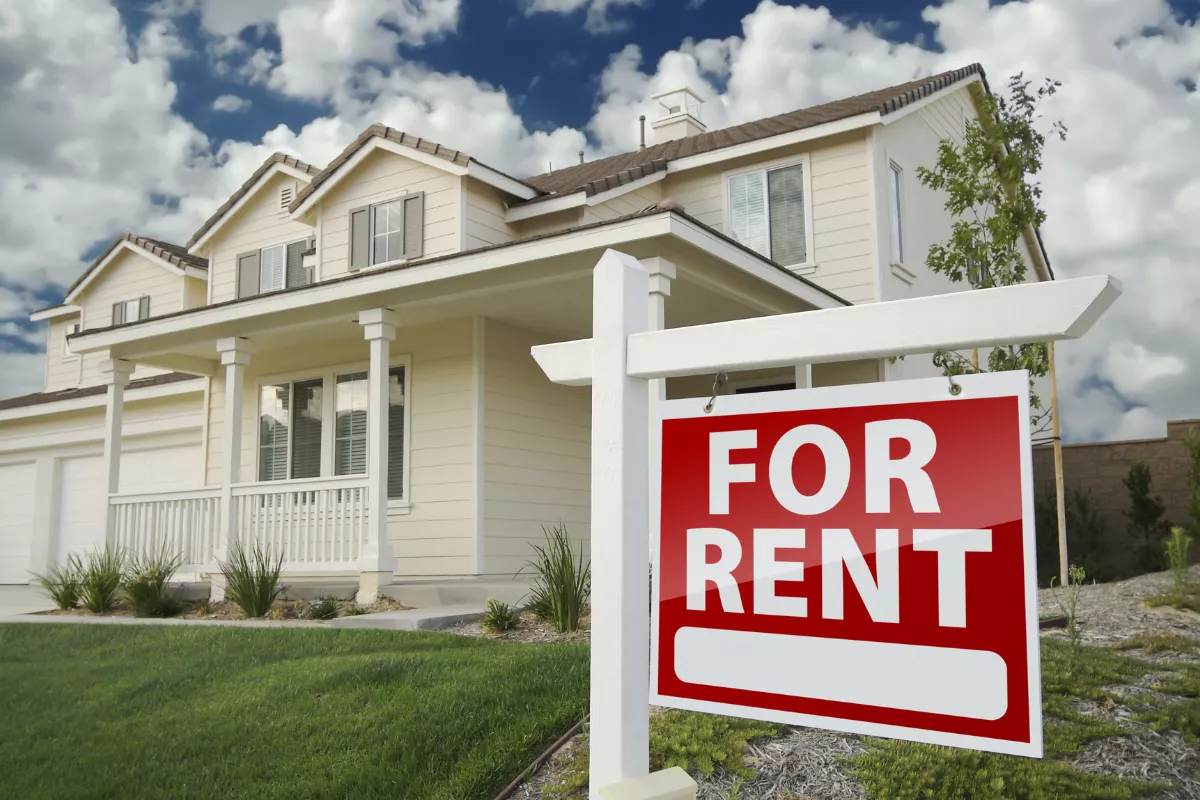
 Marcio Vasconcelos
Marcio Vasconcelos

